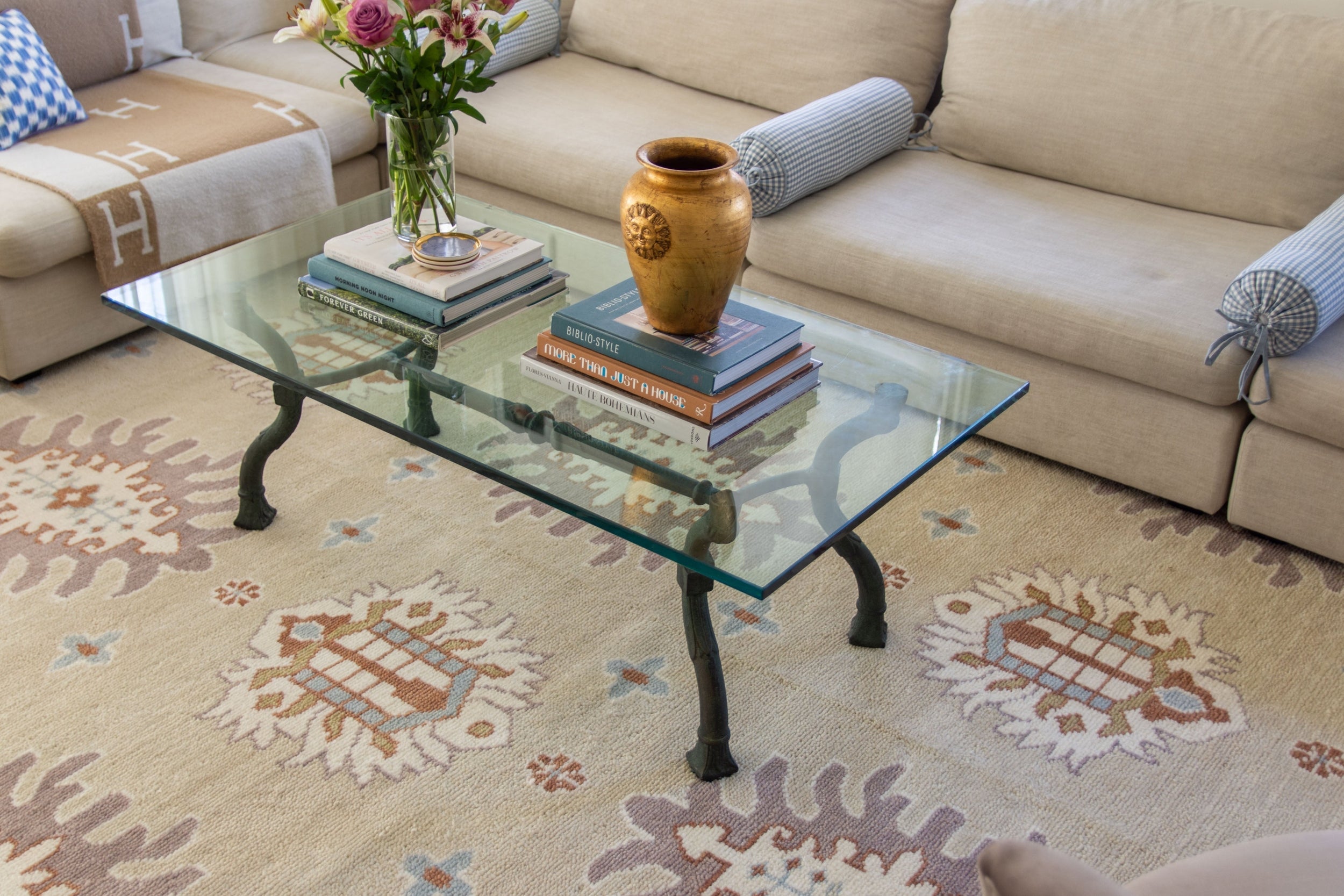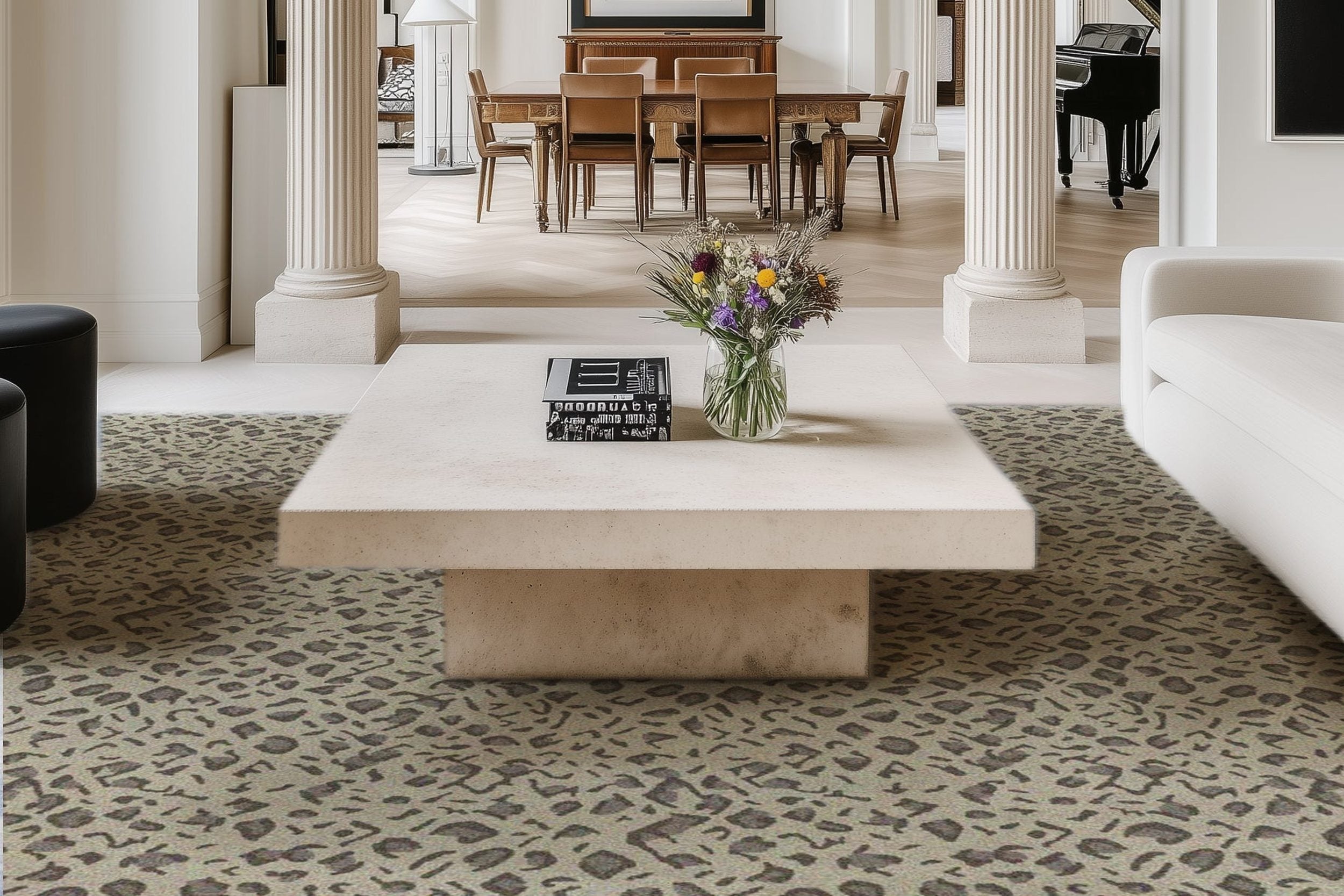How to Beat Moving Anxiety: A Stress-Free Relocation Guide

Moving is often ranked among life’s most stressful experiences, right alongside changing jobs, going through a breakup, or coping with loss. Anyone who has packed up an entire home understands why. The disruption, the decisions, and the endless boxes can quickly become overwhelming.
The encouraging part is that research shows change can lead to personal growth. When we step out of our routines, the brain begins to form new neural pathways, which can support both mental and emotional health. Of course, that does not make the process feel any easier, especially for those who have moved more than once in recent years.
This article shares simple, practical strategies to help make your next move feel more manageable. From early planning to moving day self-care, you will find useful tips for reducing stress and staying grounded. With the right approach, even a move can become an opportunity for positive change.
Start Early to Stay in Control
Procrastination becomes your worst enemy during relocation. You can reduce moving anxiety by starting preparations well in advance. Research shows that a two-month head start before your moving date gives you enough time to organize, declutter, and pack methodically without last-minute panic.
Create a moving timeline
A detailed moving timeline will serve as your roadmap through the entire process. You can think of it as your personal moving blueprint that helps you track progress and prioritize tasks. Start with a moving binder or digital folder to keep track of quotes, receipts, checklists, and important documents.
Your timeline should work backward from moving day with specific milestones each week. Research moving companies early, as schedules fill up quickly. Booking ahead can help avoid inflated costs and last-minute stress. Insights shared by Zip Moving and Storage highlight how early reservations lead to smoother, more affordable moves.
Break tasks into smaller steps
Moving projects become manageable when you break them into smaller tasks. This strategy turns overwhelming chaos into clear, doable steps.
Breaking big tasks into smaller parts gives you powerful benefits:
-
Easier management and better time control
-
Better resource planning and reduced risks
-
Less procrastination and more momentum
Smaller steps help you estimate time better. Understanding each task's core purpose and context lets you create realistic deadlines based on the actual effort needed. You can visualize progress and stay on track through each phase of your move.
Overlap leases if possible
Moving between homes becomes much less stressful when you arrange overlapping lease dates. A few days of overlap reduce the pressure of moving your entire household overnight. The mental health benefits often outweigh the extra cost of paying for two places at once.
You can try negotiating with your landlord for a partial month arrangement if a full month overlap isn't budget-friendly. Many landlords let you access your new property early if it's already vacant. This planning helps reduce stress and ensures you manage all elements of your move effectively.
These three strategies will change what could be an anxiety-inducing experience into a structured, manageable project with clear milestones and achievable goals.
Declutter to Lighten the Load
Moving homes brings a hidden perk - the chance to get rid of things you don't need anymore. Getting rid of extra stuff before you pack can help you save on moving expenses and cut down stress. You'll walk into your new place with just the things that matter. This cleanup also gives you a mental boost by freeing you from too much stuff.
Sort items into keep, donate, toss
The best way to declutter is to group your belongings clearly. You should set up three different areas:
-
Keep: Items you keep taking, add value, or would miss if they were gone
-
Donate: Things in good shape that others might need
-
Toss: Items that are broken, damaged, past their date, or can't be fixed
Don't try to tackle your whole house at once. Go room by room instead. Begin with easy stuff like extra kitchen items, old toiletries, or clothes you haven't touched in a year. This helps you build up to harder choices later.
Let go of emotional clutter
Sentimental stuff is usually the hardest to deal with. People hang onto things because they feel they have to, feel guilty, or have emotional ties rather than actual use.
Note that your memories live in you, not in your stuff. For items that mean something special but don't serve a purpose, snap some photos before letting them go. This saves the memory without taking up space in your home.
Use moving as a reset opportunity
Think of your move as more than just changing addresses - it's your chance to reset how you deal with stuff. Moving makes you handle each item multiple times when you pack, move, and unpack. This gives you the perfect chance to ask what's worth keeping.
A smaller new place means you should measure your rooms first to see what furniture fits. Even with same-sized homes, think over whether your current belongings match how you live now and what you like.
Take it easy on yourself through all of this. Decluttering hits deep emotions but sets you free - it creates space for your next life chapter.
Pack Smart, Not Hard
Smart packing can make the difference between a chaotic move and a manageable one. Your packing strategy will reduce anxiety by creating order in the chaos. My experience with multiple moves has taught me that the way you pack matters as much as what goes into the boxes.
Label boxes by room and priority
A strong labeling system will provide a way to find important items without opening dozens of boxes. The quickest way includes:
-
Writing content descriptions on multiple sides of each box, not just the top
-
Using color-coding by room (blue for bedroom, green for kitchen) for quick visual identification
-
Marking priority levels (high/medium/low) to indicate unpacking order
Valuable items need special attention. Rather than labeling contents directly, I use personal codes like "J.B." for jewelry box or "snaps" for camera equipment. This keeps my items secure yet identifiable.
Use clear bins for essentials
Clear plastic bins make a huge difference for items needed right away. These transparent containers help you:
-
See the contents without opening, which saves time
-
Find first-night essentials like bed linens, toiletries, and coffee makers quickly
-
Protect belongings from moisture, dust, and pests
These bins travel in my personal vehicle instead of the moving truck. This gives me immediate access when I arrive.
Avoid overpacking heavy items
Strategic packing prevents physical strain and potential damage:
-
Choose sturdy, double-ply boxes for heavier items
-
Mix light and heavy items when possible to distribute the weight
-
Pack books and dishware in smaller boxes, lighter belongings in larger ones
-
Add extra tape to the box bottoms for more security
Fragile items need thicker wrapping than usual. Foam padding, moving blankets, and multiple layers of large-size bubble wrap offer the best protection.
A full-service Atlanta moving company can also provide professional packing services for delicate or valuable items, ensuring everything arrives safely without added stress on your end.
Manage Anxiety Over Moving Day
Moving day marks the peak of your relocation experience and brings the highest levels of stress. Your anxiety can spike even with the best preparation. Simple strategies can help you direct this challenging day more smoothly.
Schedule breaks and self-care
A well-laid-out timeline with breathing breaks really works. Pick specific times throughout the day—9am, 12pm, and 3pm make natural points to reset your mind. These planned breaks stop anxiety from becoming too much to handle.
Taking care of yourself isn't optional during a move—you need it. You should:
-
Eat regular meals and stay hydrated to keep your energy and focus
-
Get enough sleep the night before to think clearly
-
Take short walks to ease tension
Set up a small "sanctuary area" that stays unpacked until the last minute. This space, filled with comforting items, becomes your peaceful spot in the chaos. Your friends and family can be a great help—they'll reduce your physical work, and their company helps lower anxiety.
Use calming techniques like deep breathing
The 4-7-8 breathing technique gives quick relief when stress hits. Just breathe in for 4 counts, hold for 7, then breathe out for 8 counts. This proven method takes only 2 minutes, and you can do it anywhere, while watching movers or during drives between locations.
Belly breathing also helps:
-
Put one hand on your belly and another on your chest
-
Take deep breaths through your nose, pushing your belly out
-
Let the air out slowly through your mouth, feeling your hand move in
These exercises work because deep breathing tells your brain to relax, which triggers your body's natural calming response. Your muscles relax and your mind clears up—exactly what you need when handling all the moving day details.
Note that moving day stress won't last forever. These anxiety management techniques can turn an overwhelming day into a smooth transition toward your new start.
Conclusion
Moving may never be completely free of stress, but it does not have to feel overwhelming. With careful planning, thoughtful packing, and a few self-care techniques, you can take control of the process and reduce much of the anxiety that often comes with it. Each step you take, whether it is letting go of old belongings or building a simple routine for moving day, brings you closer to a more manageable and positive experience.
This is more than just relocating your things. It is a chance to refresh your environment, reflect on what matters, and begin a new chapter with intention. With the right mindset and support, your move can become an opportunity for growth, calm, and a fresh start.
Browse by Category

Design Projects
Explore interiors from client work and personal renovations — layered, livable, and always in progress.
read more →
Collaborations
From product launches to styled spaces, discover the brand stories I’ve helped bring to life.
read more →
The Notebook
A growing archive of iconic designers, inspiring artists, and unforgettable design moments.
read more →
Travel by Design
Wander with a designer’s eye — from charming hotels and city guides to visual inspiration abroad.
read more →




